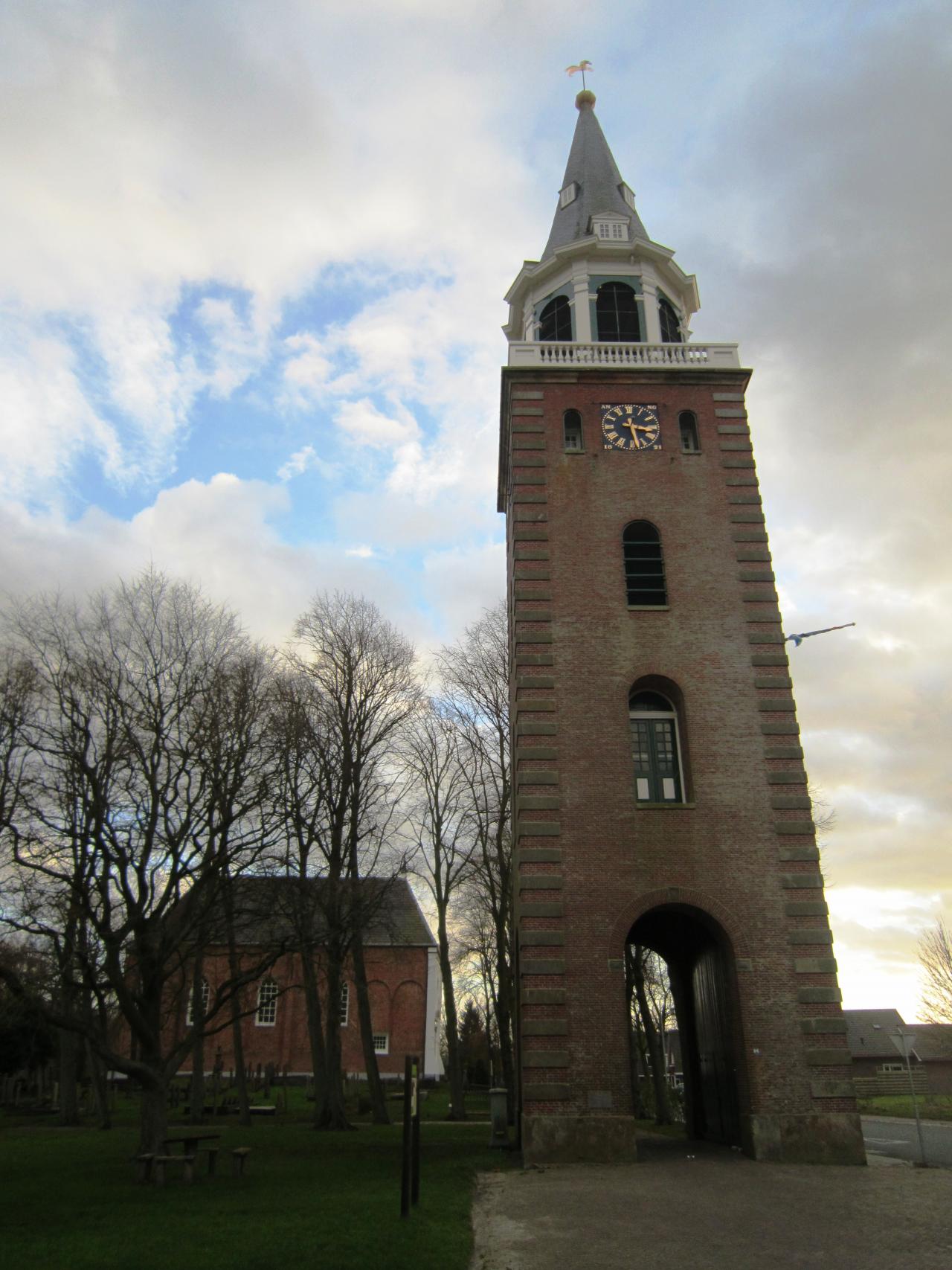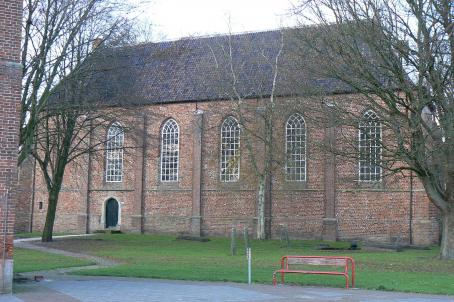Stefanus Church
This church has been modified heavily over the years. Once upon a time there was a triforium, a 'gallery' high in the church, which ran in front of the windows, and it was an impressive late Roman cruciform church. Of this, only the heavily modified vessel from around 1275 remains. After a major fire in 1586 the cross was demolished, the church was lowered over 5 meters and the choir was added.
About this building
The fairly simple interior contains largely early nineteenth century furniture including benches, gentlemen's benches, and a beautifully carved pulpit. Also the organ of H.H. Freytag is from that period.
The Protestant municipality Reiderland rents the church from the SOGK after the transfer and continues to use the church for services. Every year the church is opened on Organ Day, Church Path, Heritage Day and Festival Hungry Wolf. In these activities the consistory is assisted by the "Cultural Activities Working Group in and around the Church of Finsterwolde".
This working group also takes care of the organization of other events such as (mini) concerts, exhibitions, Christmas singing, Lichtjesfeest at church, tower and cemetery. In this way the church remains accessible and available for the village and surroundings. The organ was built in 1808 by H.H. Freytag and in 1972 was restored by A.H. de Graaf under the advice of Klaas Bolt. It is remarkable that the piping is completely in original condition.




